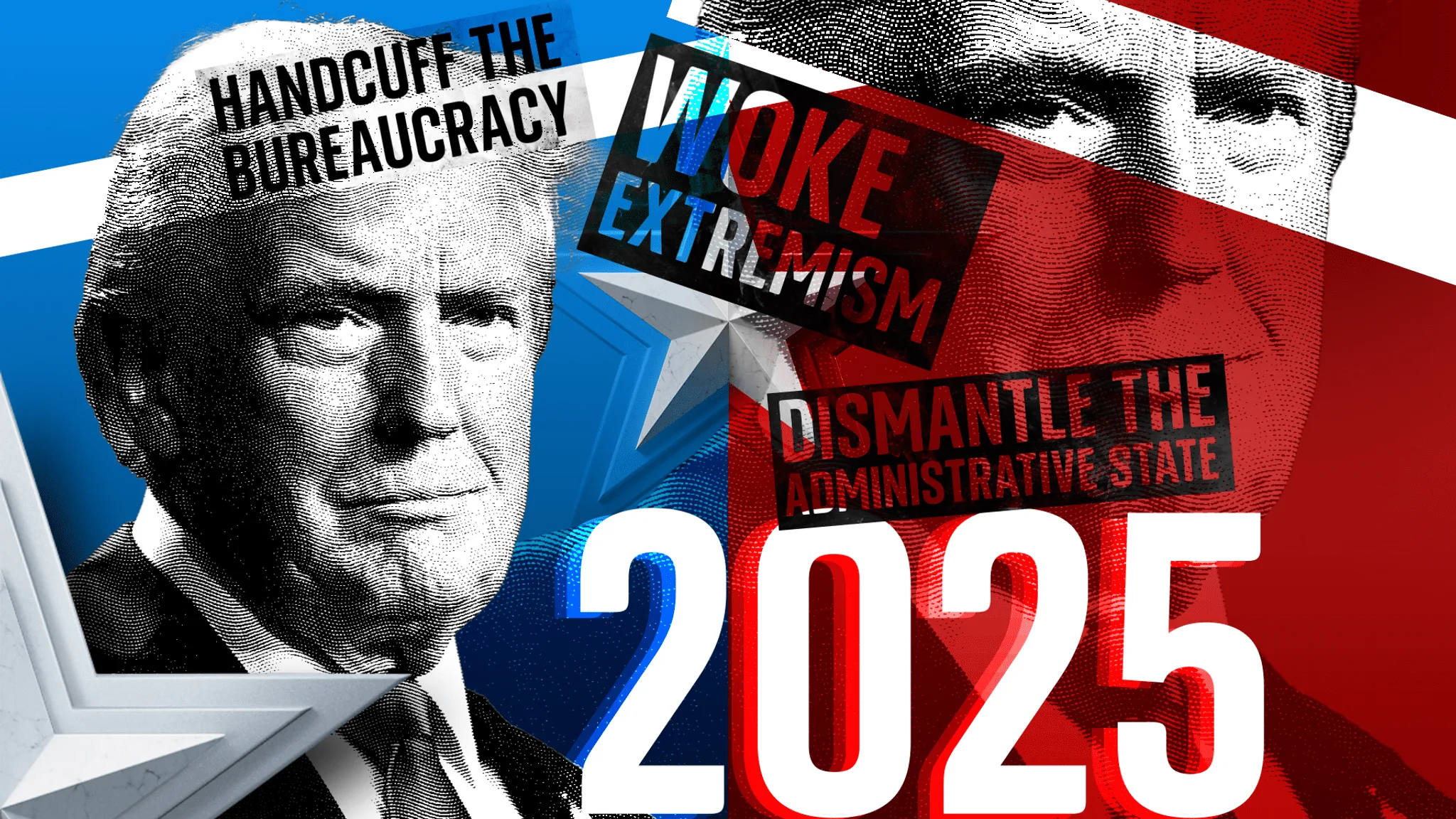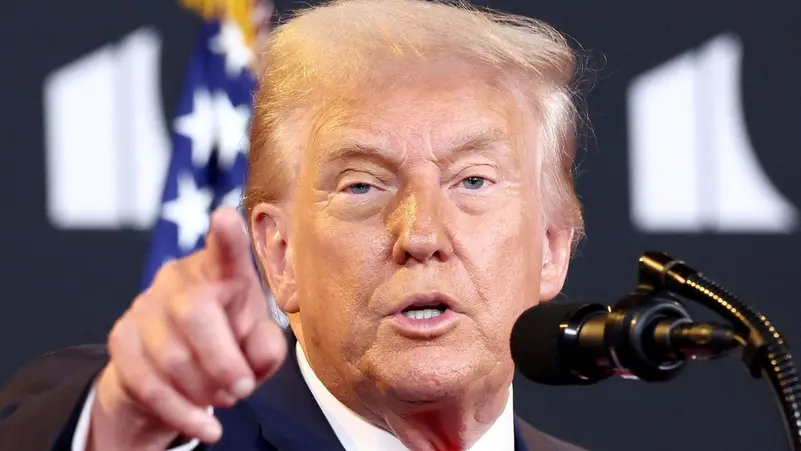Project 2025: Trump’s Bold Plan to Reshape Nuclear Security and Defensive Dominance

The announcement of Project 2025 has sparked intense debate in political, defense, and diplomatic circles across the United States and beyond. Championed by former President Donald Trump and his allies, the initiative aims to reimagine America’s approach to nuclear security, military readiness, and overall defensive dominance. Critics argue it could unsettle global stability, while supporters see it as a decisive step toward reclaiming strategic superiority.
The Core Vision of Project 2025
At its heart, Project 2025 outlines a comprehensive overhaul of the U.S. nuclear arsenal, the modernization of missile defense systems, and the expansion of space-based military capabilities. Drawing inspiration from Cold War-era deterrence strategies, the plan envisions a robust network capable of countering both traditional and emerging threats.
According to Trump News coverage, the project prioritizes:
-
Accelerating the development of next-generation nuclear warheads.
-
Deploying advanced hypersonic missile interceptors.
-
Integrating artificial intelligence into command-and-control networks.
-
Expanding military presence in strategic regions, particularly in the Indo-Pacific.
Historical Context: Lessons from the Past
Nuclear policy has been a cornerstone of U.S. defense strategy since the mid-20th century. Trump’s approach, however, marks a departure from recent administrations that sought gradual reductions in nuclear stockpiles. Instead, Project 2025 calls for renewed investment, citing the growing capabilities of rivals like Russia, China, and North Korea.
The U.S News archives show that past attempts at nuclear modernization often met resistance due to cost concerns and arms control commitments. Trump’s plan challenges those constraints head-on.
Economic and Strategic Implications
Implementing Project 2025 would require unprecedented defense spending, potentially reshaping the Economy. Advocates argue the investment would bolster national security, create jobs, and stimulate technological innovation. Opponents warn it could strain the federal budget and divert resources from pressing domestic needs.
The Breaking News section recently reported on bipartisan concerns about escalating tensions with other nuclear powers, which could trigger an arms race.
International Reactions
The announcement has prompted swift responses from global leaders. The World news coverage reveals that NATO allies are divided — some see the plan as necessary deterrence, while others fear it undermines diplomacy and arms control agreements. Russia and China have both issued formal statements condemning the move, hinting at reciprocal military measures.
Technological Innovation at the Forefront
One of the defining features of Project 2025 is its emphasis on integrating cutting-edge technology into defense systems. Artificial intelligence, quantum computing, and satellite surveillance are central components. Experts say this integration could give the U.S. a strategic advantage, but also raises ethical and cybersecurity concerns.
The Domestic Political Landscape
Within the United States, Project 2025 is a polarizing issue. Supporters view it as a testament to Trump’s willingness to challenge conventional thinking and prioritize strength. Critics see it as a provocative gamble that could heighten risks without guaranteeing safety.
Project 2025 encapsulates the enduring tension between deterrence and diplomacy. Its success or failure will likely hinge on political will, international cooperation, and the ability to manage both the economic and geopolitical risks it entails. Whether it cements U.S. defensive dominance or ignites a new era of instability remains to be seen.




